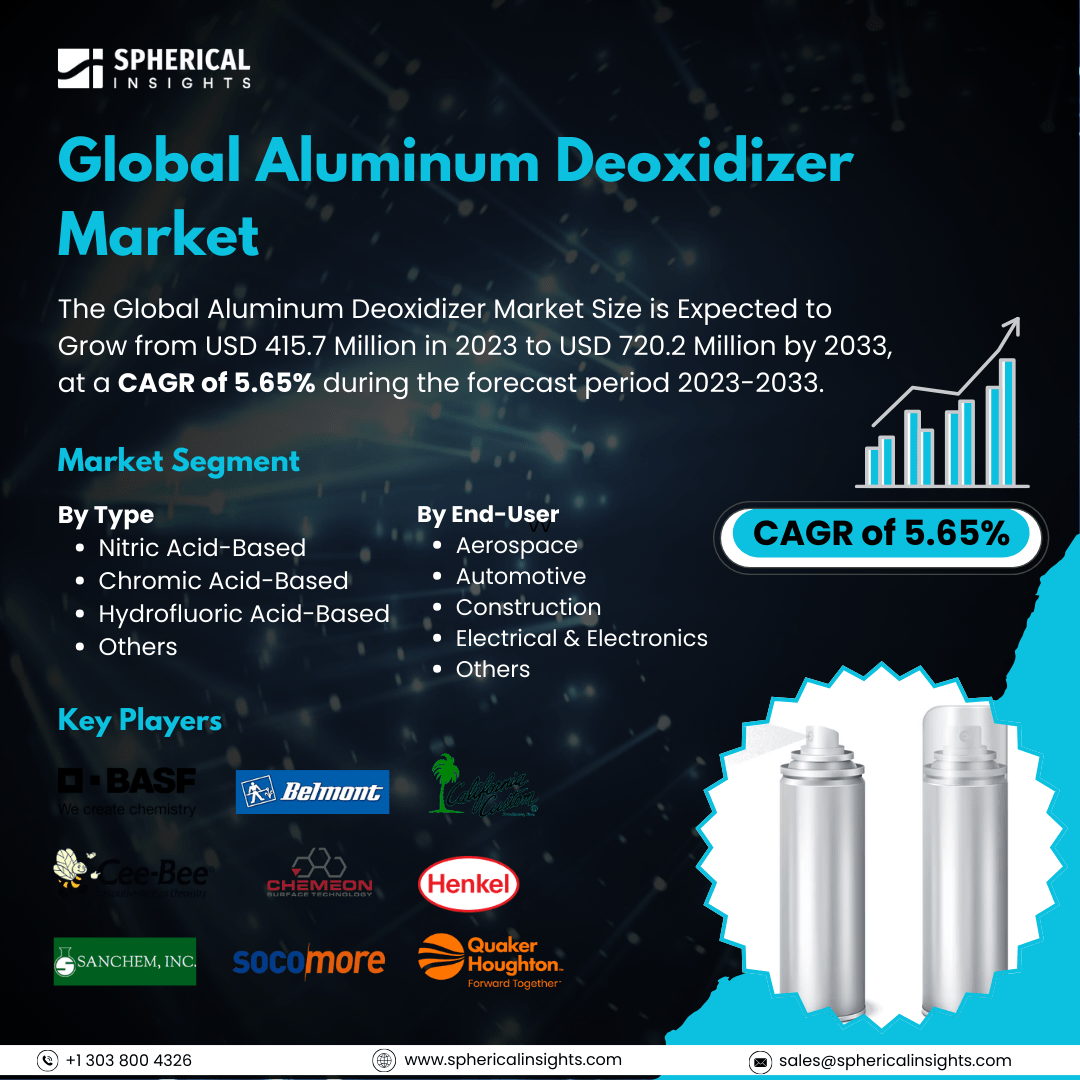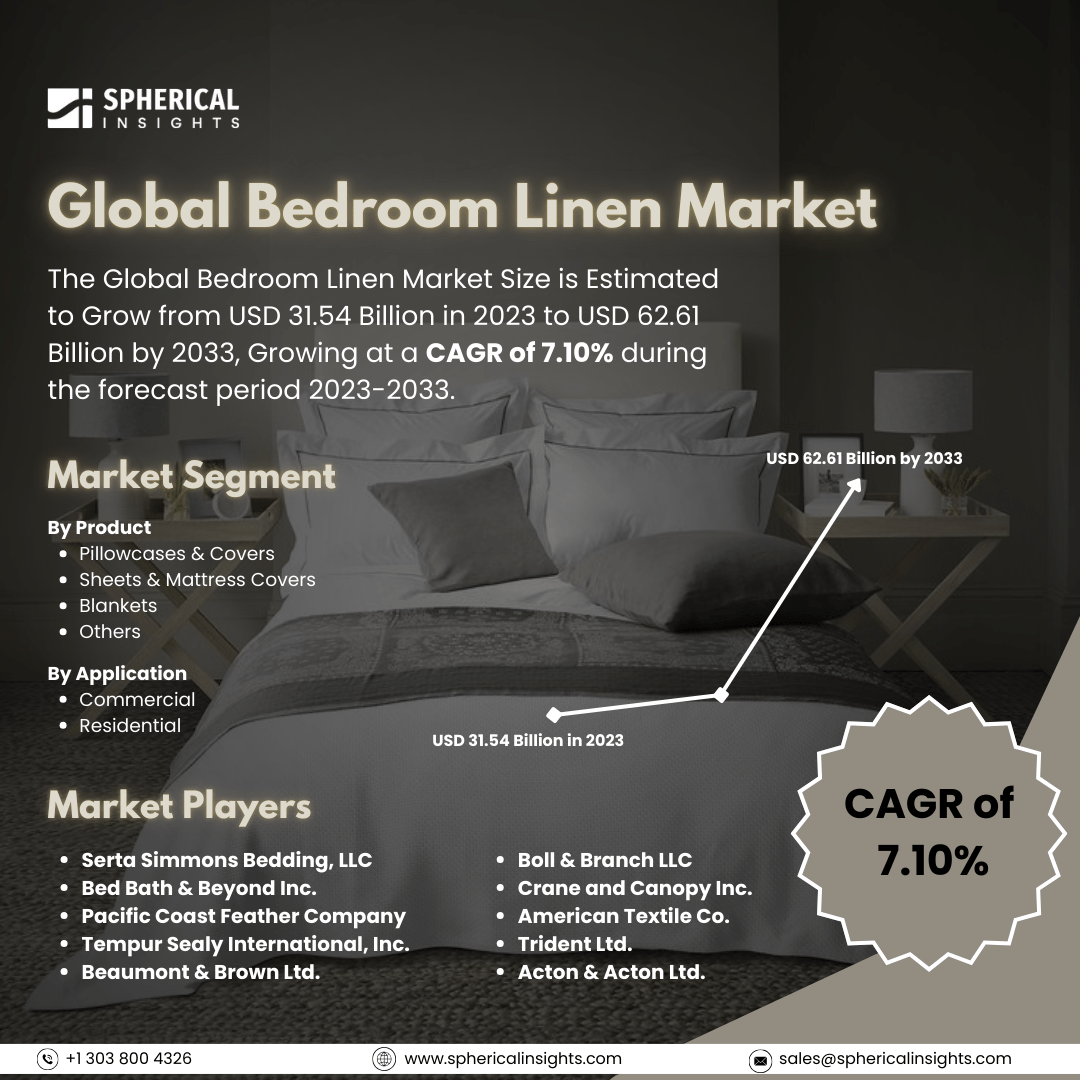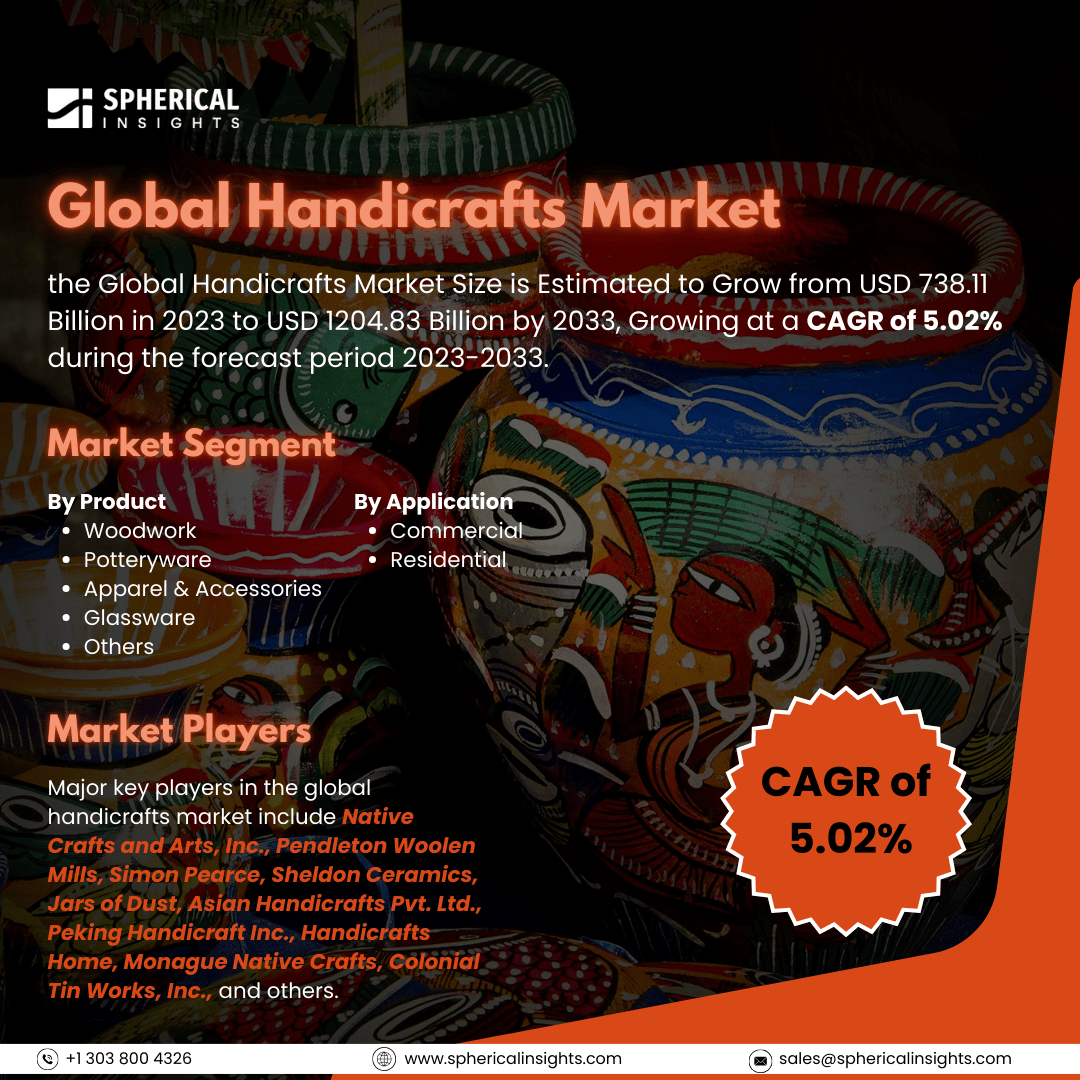Global Aluminum Deoxidizer Market Size to worth USD 720.2 Million by 2033
According to a research report published by Spherical Insights & Consulting, The Global Aluminum Deoxidizer Market Size is Expected to Grow from USD 415.7 Million in 2023 to USD 720.2 Million by 2033, at a CAGR of 5.65% during the forecast period 2023-2033.
Browse key industry insights spread across 210 pages with 110 Market data tables and figures & charts from the report on the Global Aluminum Deoxidizer Market Size, Share, and COVID-19 Impact Analysis, By Type (Nitric Acid-Based, Chromic Acid-Based, Hydrofluoric Acid-Based, and Others), By End-User (Aerospace, Automotive, Construction, Electrical & Electronics, and Others), and By Region (North America, Europe, Asia-Pacific, Latin America, Middle East, and Africa), Analysis and Forecast 2023 – 2033.
The aluminum deoxidizer market is a crucial industry that produces and supplies deoxidizing agents to remove oxygen from molten aluminum during manufacturing. These agents enhance the quality and properties of aluminum alloys, used in industries like automotive, aerospace, construction, and electronics. The market includes silicon-based, aluminum-based, and specialized formulations, and includes technologies like solid deoxidizer addition, gas injection methods, and advanced chemical processes. Demand for aluminum deoxidizers is driven by the increasing use of aluminum in lightweight and high-strength applications, sustainability and recycling, and the need for high-quality materials in various sectors. The market is expected to grow significantly in the coming years. The aluminum deoxidizer market is expected to grow significantly due to the rise in construction and automotive industries, as well as increased aluminum production. This growth is driven by the deoxidizer's ability to prevent inclusions and defects caused by dissolved oxygen, and its increasing use in transportation. The use of aluminum deoxxidizers to improve the quality of aluminum alloys used in a variety of sectors has been encouraged by the Indian Ministry of Steel. This program seeks to decrease waste, increase the overall effectiveness of the aluminum industry, and promote the manufacture of high-quality aluminum products. However, the market expansion for aluminum deoxidizers may be hampered by shifting raw material prices and the availability of alternatives.
The nitric acid-based segment accounted for the highest share of 60.5% in 2023 and is anticipated to grow at a significant CAGR during the forecast period.
Based on the type, the aluminum deoxidizer market is classified into nitric acid-based, chromic acid-based, hydrofluoric acid-based, and others. Among these, the nitric acid-based segment accounted for the highest share of 60.5% in 2023 and is anticipated to grow at a significant CAGR during the forecast period. Nitric acid-based deoxidizers offer exceptional corrosion resistance, providing a protective layer on aluminum surfaces, and making them ideal for industries like automotive and aerospace. This reduces rejection rates, extends product life, and ensures better performance, reliability, and safety.
The automotive segment accounted for 41.2% of the market share in 2023 and is expected to grow at a significant CAGR during the forecast period.
Based on the end-user, the aluminum deoxidizer market is divided into aerospace, automotive, construction, electrical & electronics, and others. Among these, the automotive segment accounted for the highest share of 41.2% in 2023 and is expected to grow at a significant CAGR during the forecast period. The global automotive industry is rapidly expanding, particularly in developing regions, with aluminum's increasing use in vehicle manufacturing. Aluminum deoxidizer is crucial in various fabrication processes for engine parts, wheels, and chassis components.
Asia Pacific is estimated to hold the largest share of the aluminum deoxidizer market over the forecast period.
Asia Pacific is estimated to hold the largest share of the aluminum deoxidizer market over the forecast period. Government initiatives like China's Belt and Road and India's Smart Cities Mission support large-scale infrastructure projects in the Asia Pacific region, which is a manufacturing hub for the automotive industry. High-grade aluminum production requires a deoxidizer for quality assurance.
North America is predicted to have the fastest CAGR growth in the aluminum deoxidizer market over the forecast period. North America's customized aluminum demand necessitates specialized deoxidizer formulations, facilitated by local suppliers. Economic expansion and government initiatives have increased aluminum production in North America. Strategic partnerships between international vendors and regional manufacturers are crucial for meeting this demand.
Company Profiling
Major key players in the aluminum deoxidizer market include BASF SE, Belmont Metals, California Custom Products Inc., Cee-Bee Chemicals, Chemeon Surface Technology, LLC, Henkel Corporation, Sanchem Inc., Socomore, Quaker Houghton, and Others.
Key Target Audience
- Market Players
- Investors
- End-users
- Government Authorities
- Consulting And Research Firm
- Venture capitalists
- Value-Added Resellers (VARs)
Market Segment
This study forecasts revenue at global, regional, and country levels from 2023 to 2033. Spherical Insights has segmented the aluminum deoxidizer market based on the below-mentioned segments:
Global Aluminum Deoxidizer Market, By Type
- Nitric Acid-Based
- Chromic Acid-Based
- Hydrofluoric Acid-Based
- Others
Global Aluminum Deoxidizer Market, By End-User
- Aerospace
- Automotive
- Construction
- Electrical & Electronics
- Others
Global Aluminum Deoxidizer Market, By Regional Analysis
- North America
- Europe
- Germany
- UK
- France
- Italy
- Spain
- Russia
- Rest of Europe
- Asia Pacific
- China
- Japan
- India
- South Korea
- Australia
- Rest of Asia Pacific
- South America
- Brazil
- Argentina
- Rest of South America
- Middle East & Africa
- UAE
- Saudi Arabia
- Qatar
- South Africa
- Rest of the Middle East & Africa



